Idaea muricata
(Hufnagel, 1767)
-
 Subfamily: Sterrhinae, Sterrhini
Subfamily: Sterrhinae, Sterrhini -
 Wingspan: 16-20 mm
Wingspan: 16-20 mm -
 Flight period: Jun - Jul
Flight period: Jun - Jul -
 Spread: Common
Spread: Common -
 Host plants: Polyphagous
Host plants: Polyphagous
Information
The Idaea muricata also called Purple-bordered Gold is a moth of the Geometridae family, subfamily Sterrhinae, with a wingspan of 16-20 mm.
It is distributed in most of Europe, it is absent from Portugal, Greece, Bulgaria and northern Russia.
In Italy it is absent from the islands. *
The wings of the Idaea muricata have a purple background color. The median area of the front wing has two yellow spots, a third spot is located in the basal area.
The pattern is quite variable in fact the two spots in the median area may be missing, widen or fused together.
The sub marginal line is clearly visible, which is blue-violet in color, slightly wavy and very characteristic.
The outer transverse line is edged with a narrow, jagged purple color.
The margin and fringes are yellow.
The hind wings have the background color of the front ones, with a single yellow spot centered on the wing.
The head is purple, the thorax is yellow, the abdomen is purple with the anal area yellow.
univoltine moth *** the adult of this species flies from June to July.
Adults fly predominantly at night, although they can sometimes be found on the sunrise belt. Preferred habitats are moors, swamps and marshes.
They also frequent wet meadows, clearings and low bogs.
She is occasionally attracted to artificial light. It overwinters as a larva and pupates in a cocoon among the vegetal debris.
The eggs are ovoid of orange-pink color, knurled, are laid in groups on the host plants. **
The larvae are light brown in color, with darker markings and lines on the back. A white line is visible on the side, bordered below by a brown/black band.
There are also completely brown / black forms . **
The pupa is light brown in color, with black dots on the abdominal segments, well marked the contours of the spirotrumpet's front wings and legs, which are slightly darker as
the Cremaster area.
The larva is polyphagous and feeds on many plant species such as Hypericaceae, Polygonaceae, Rosaceae and Rubiaceae.
* Lepidoptera mundi https://lepidoptera.eu/ - Fauna Europea https://fauna-eu.org/
** Bestimmungshilfe für die in Europa nachgewiesenen Schmetterlingsarten - http://lepiforum.de/
*** Roland Robineau, Guide de papillons nocturne de France, Delachaux et Niestlé, 2011 p.37
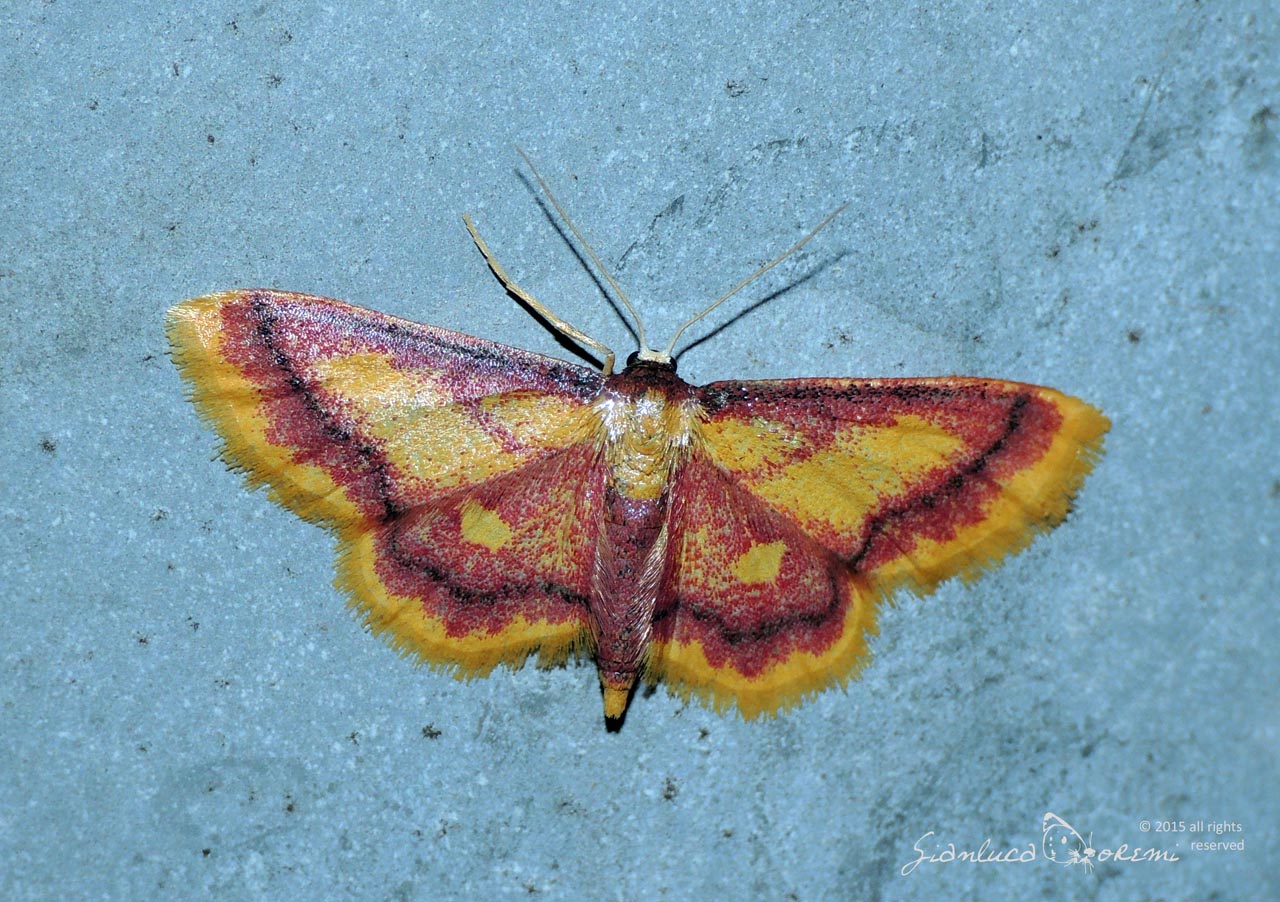
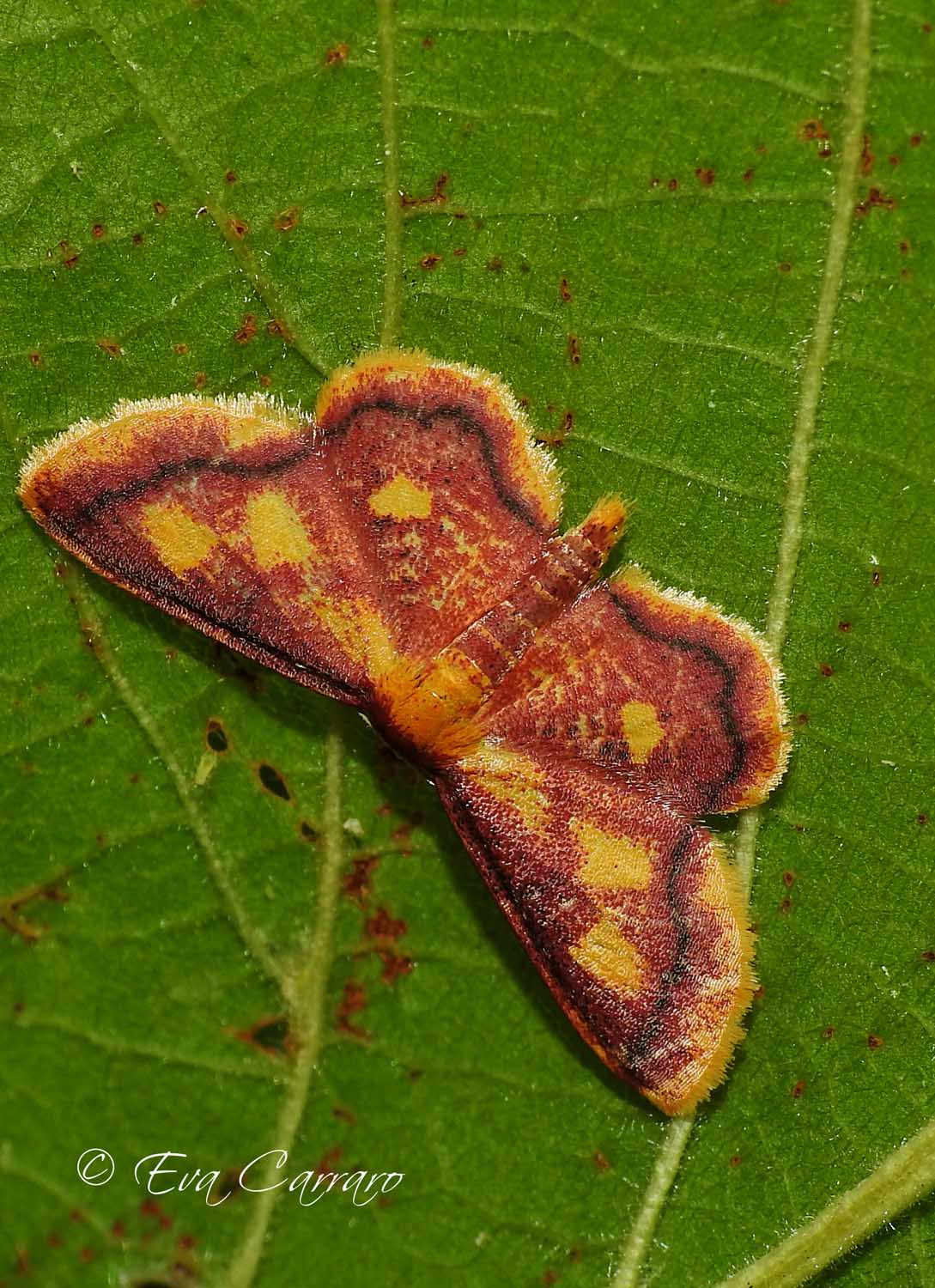
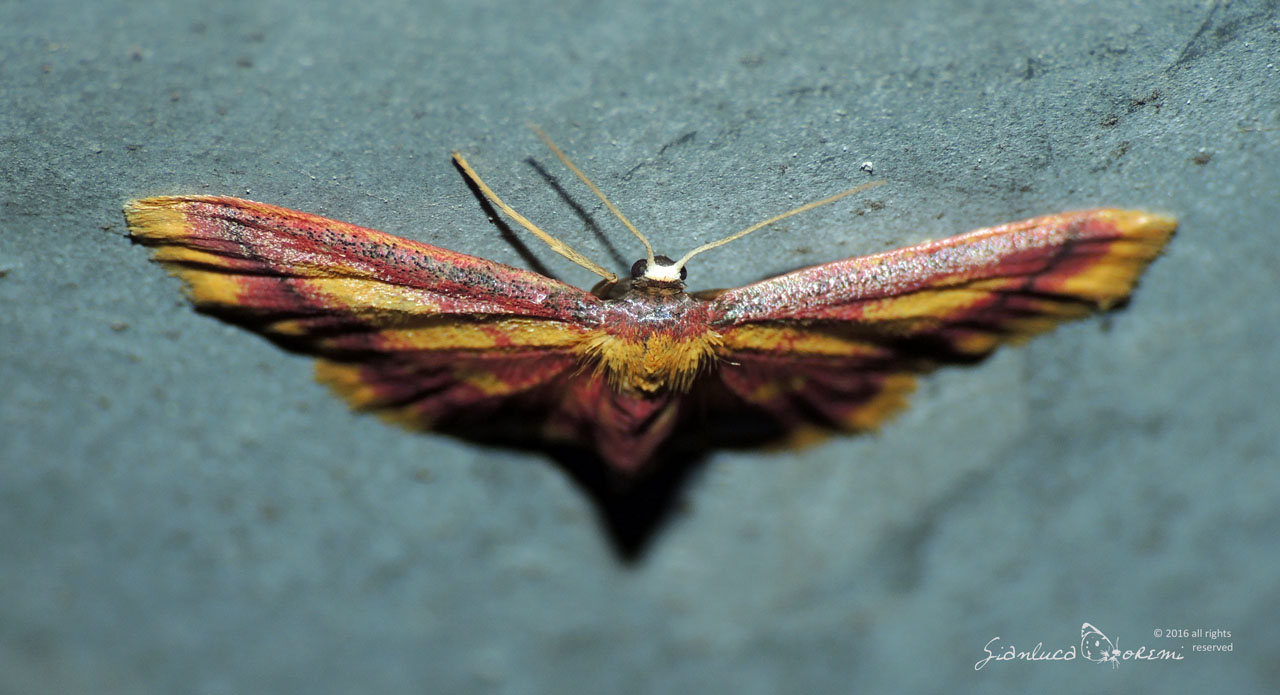
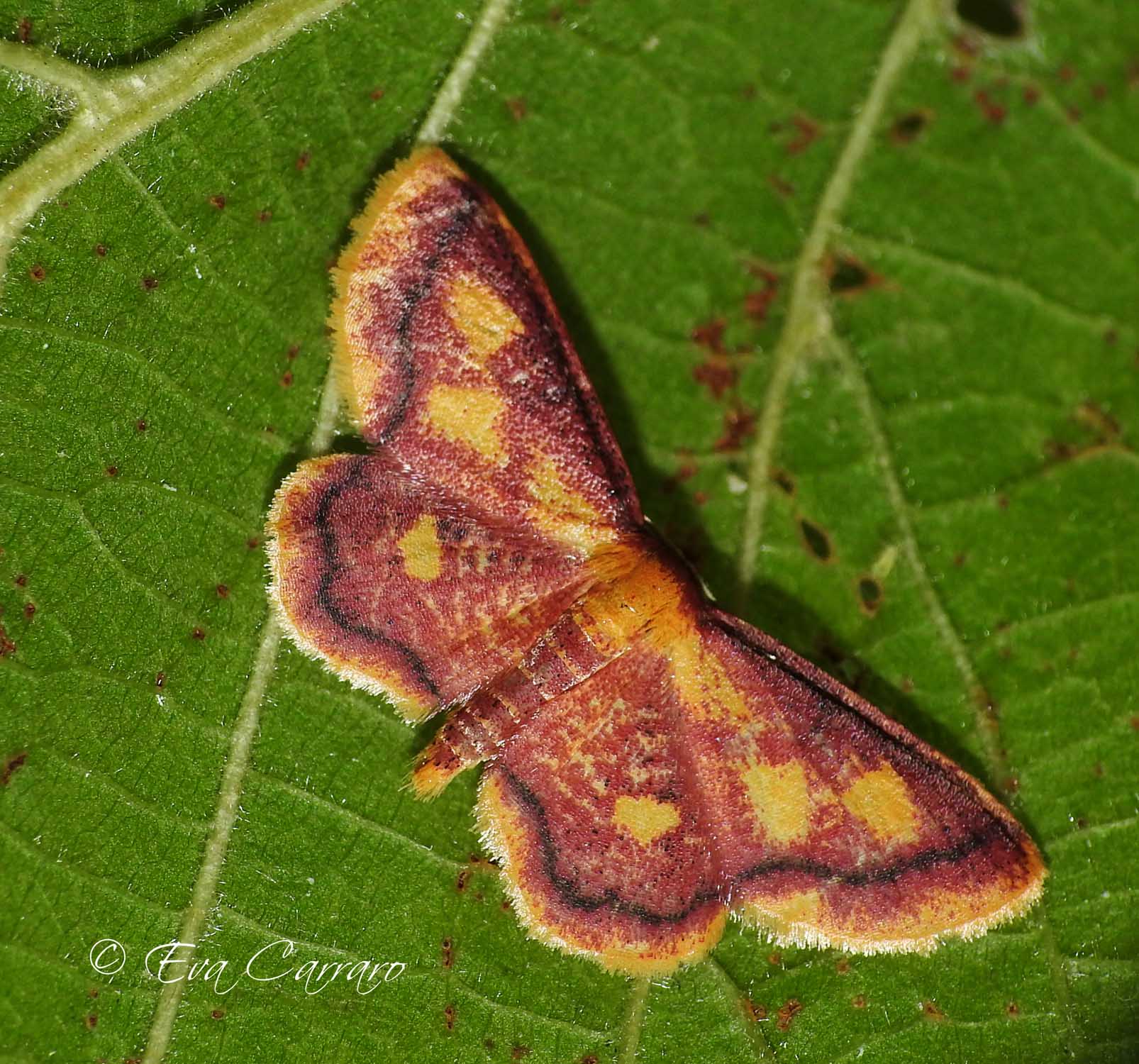
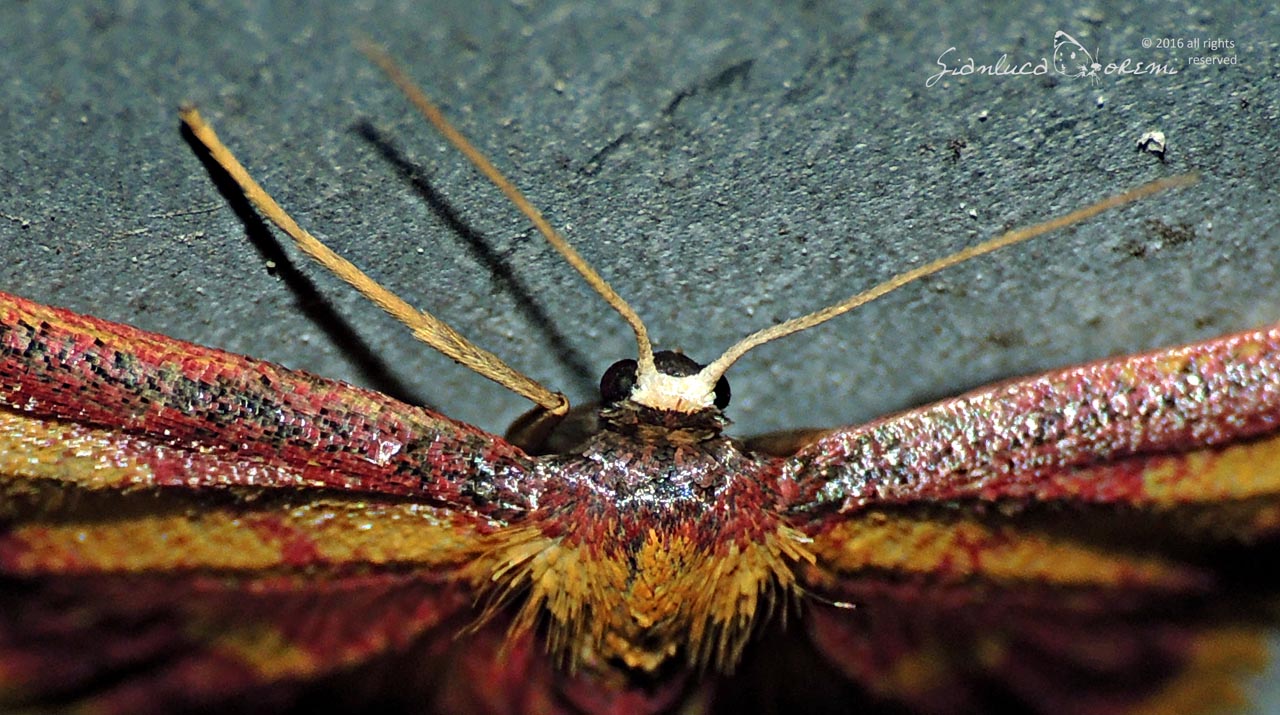
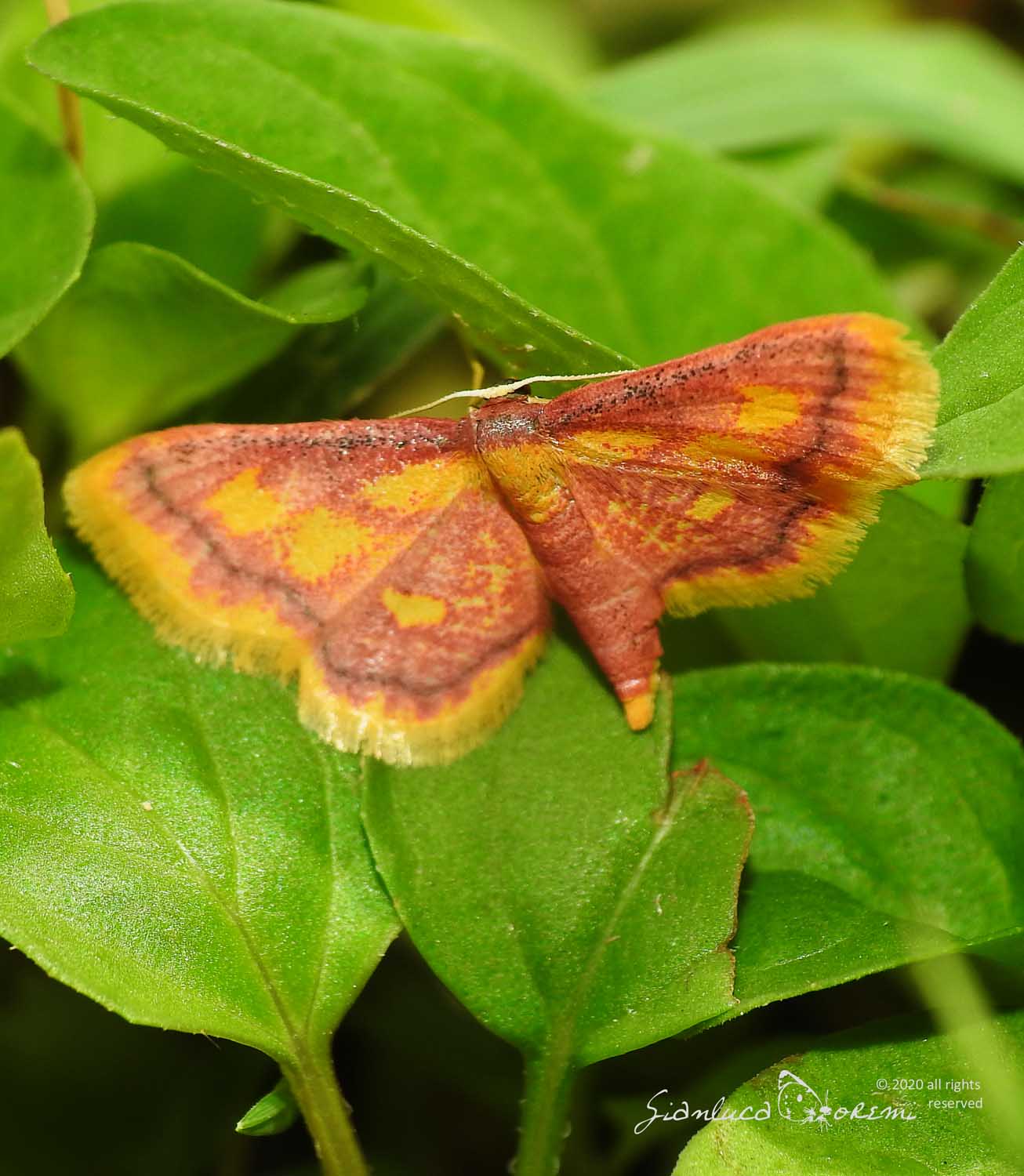
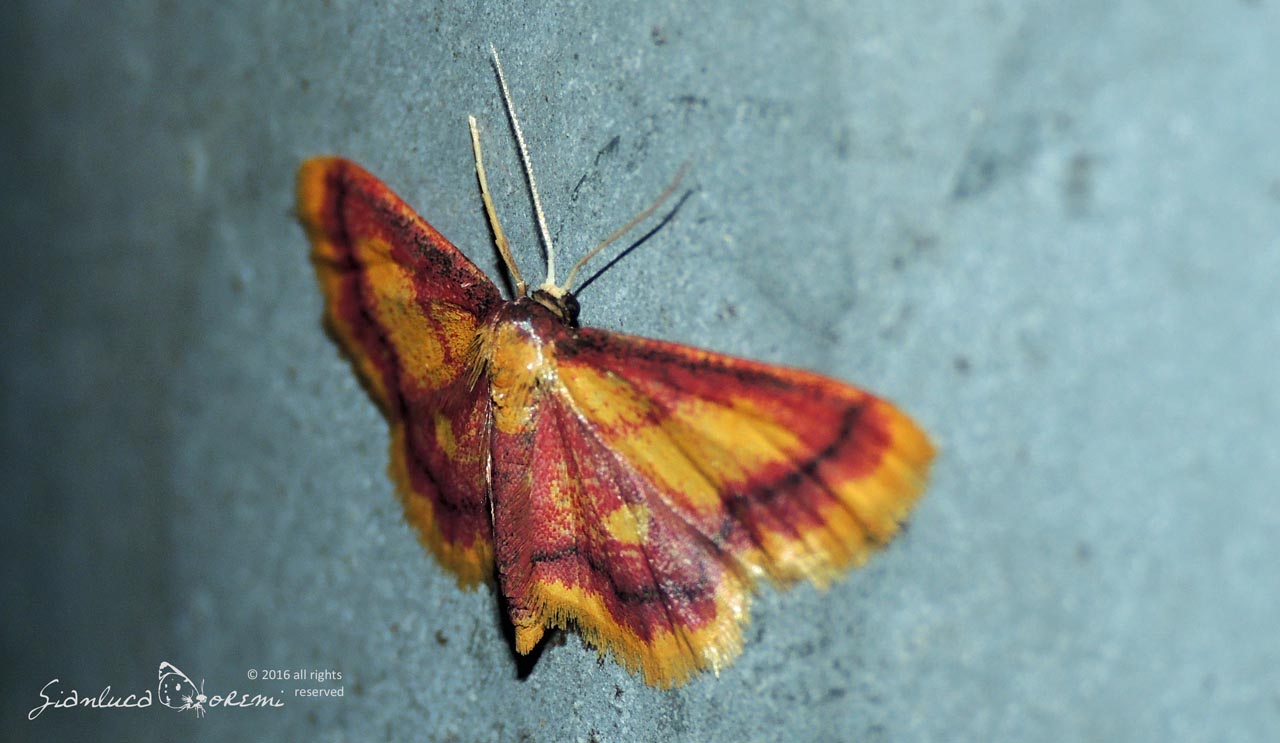
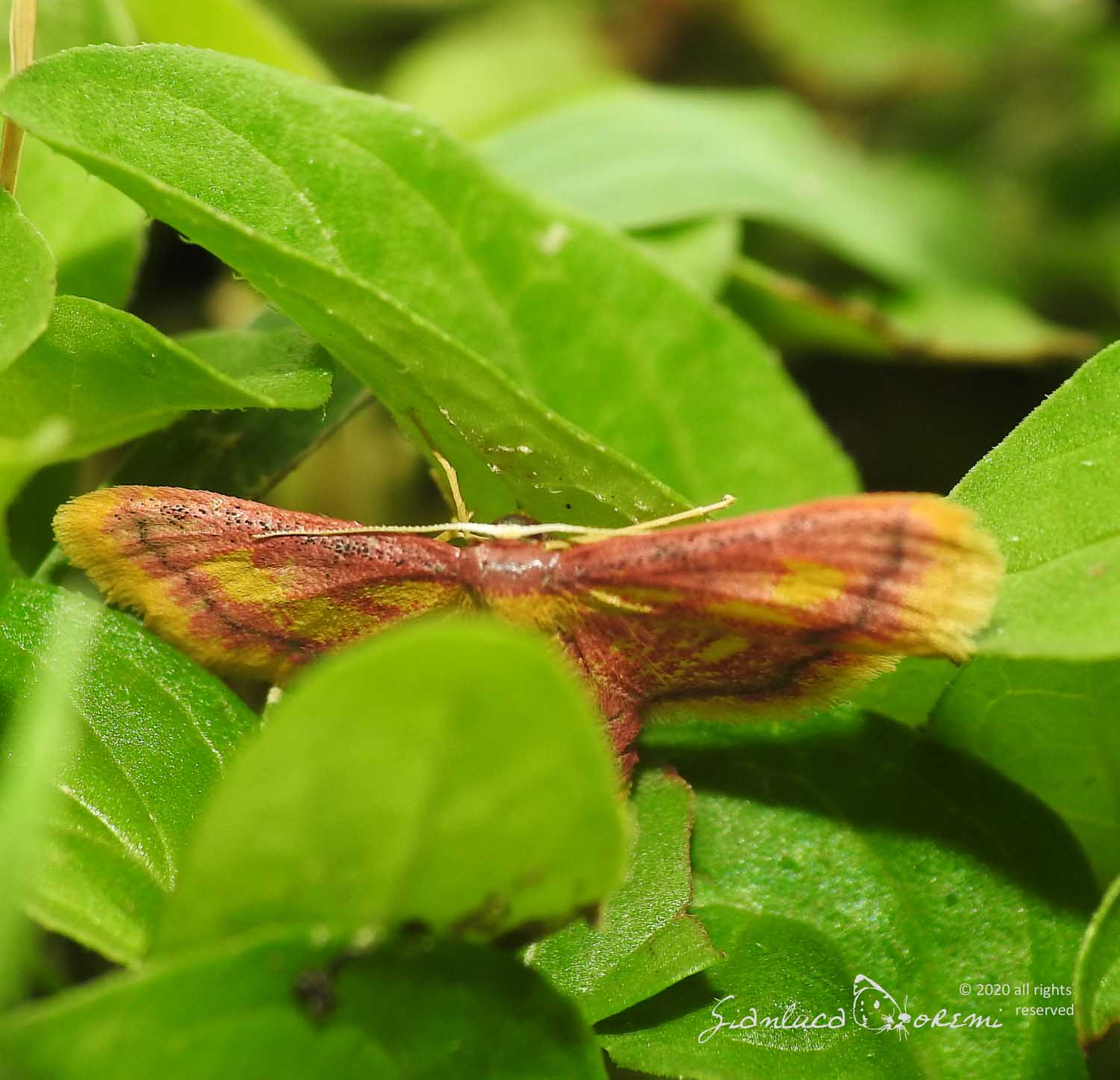
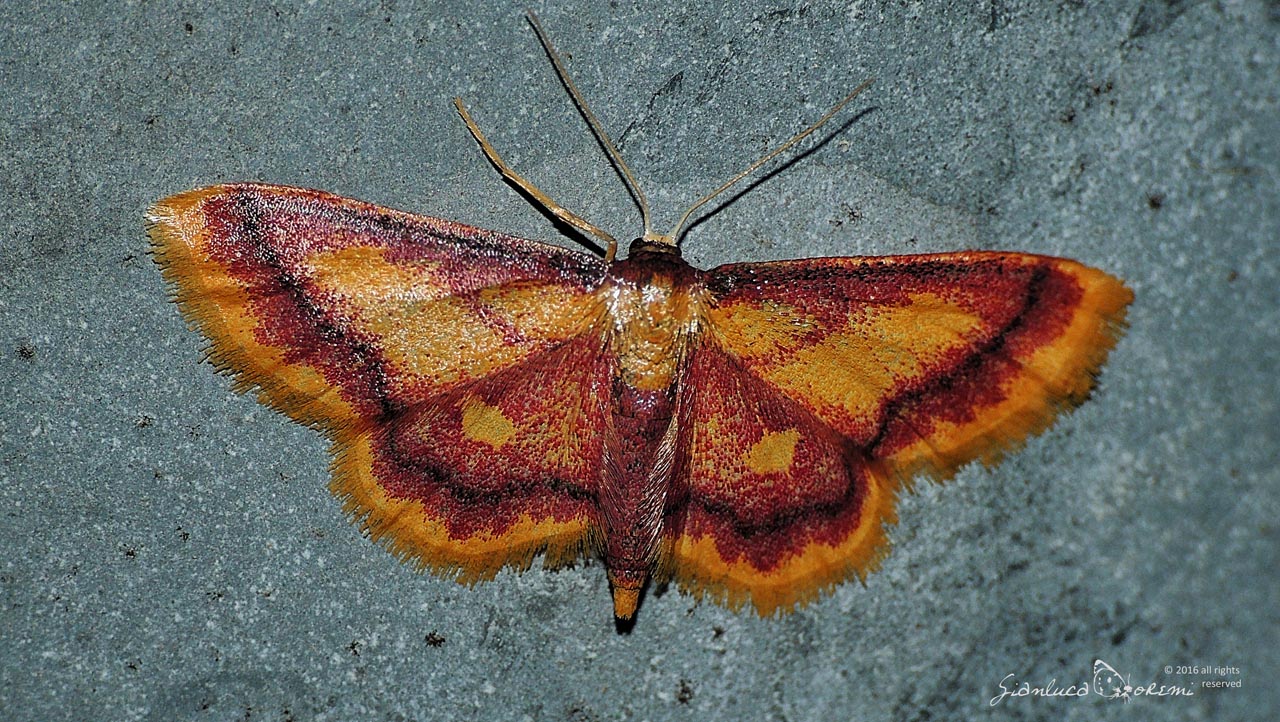
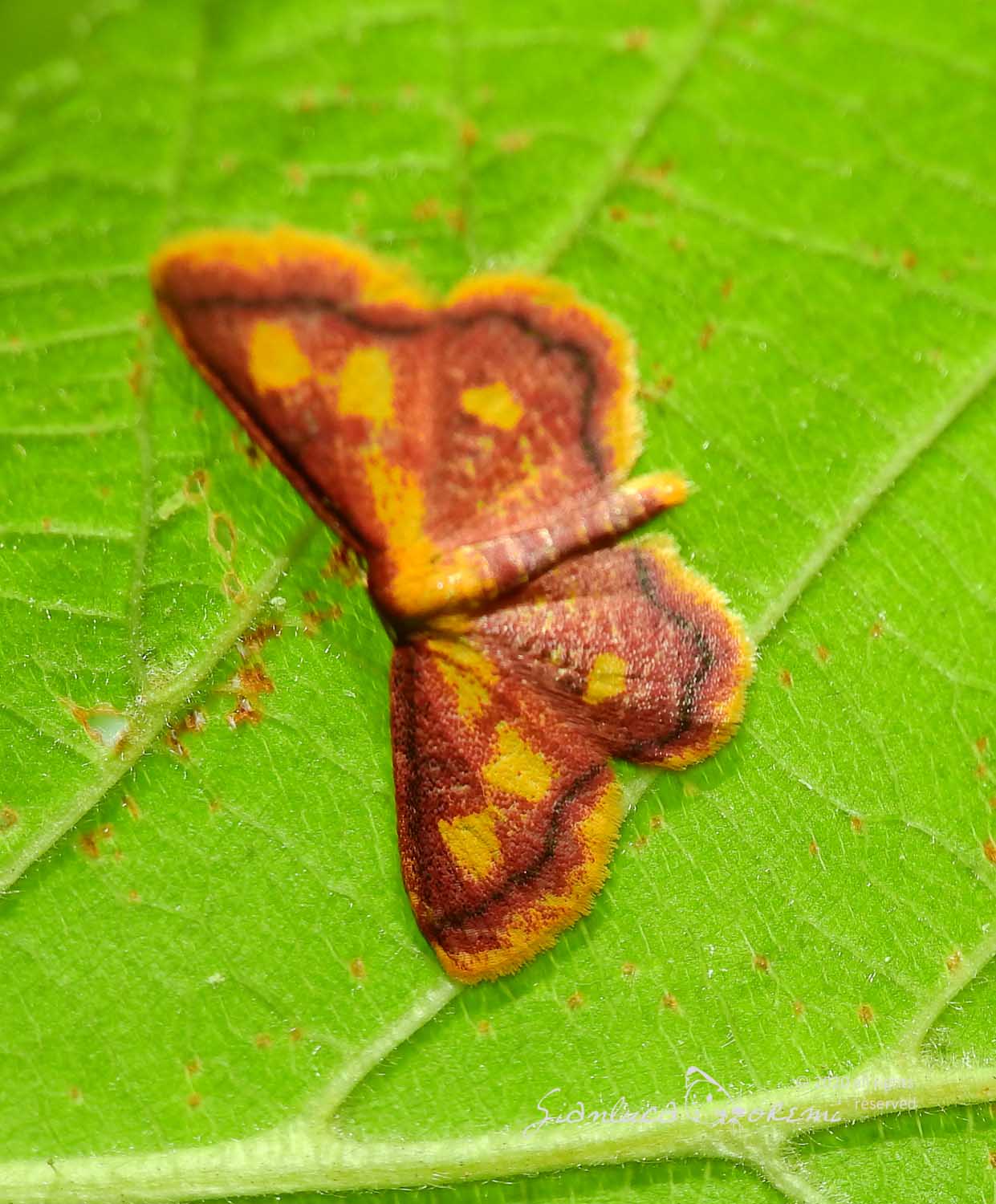
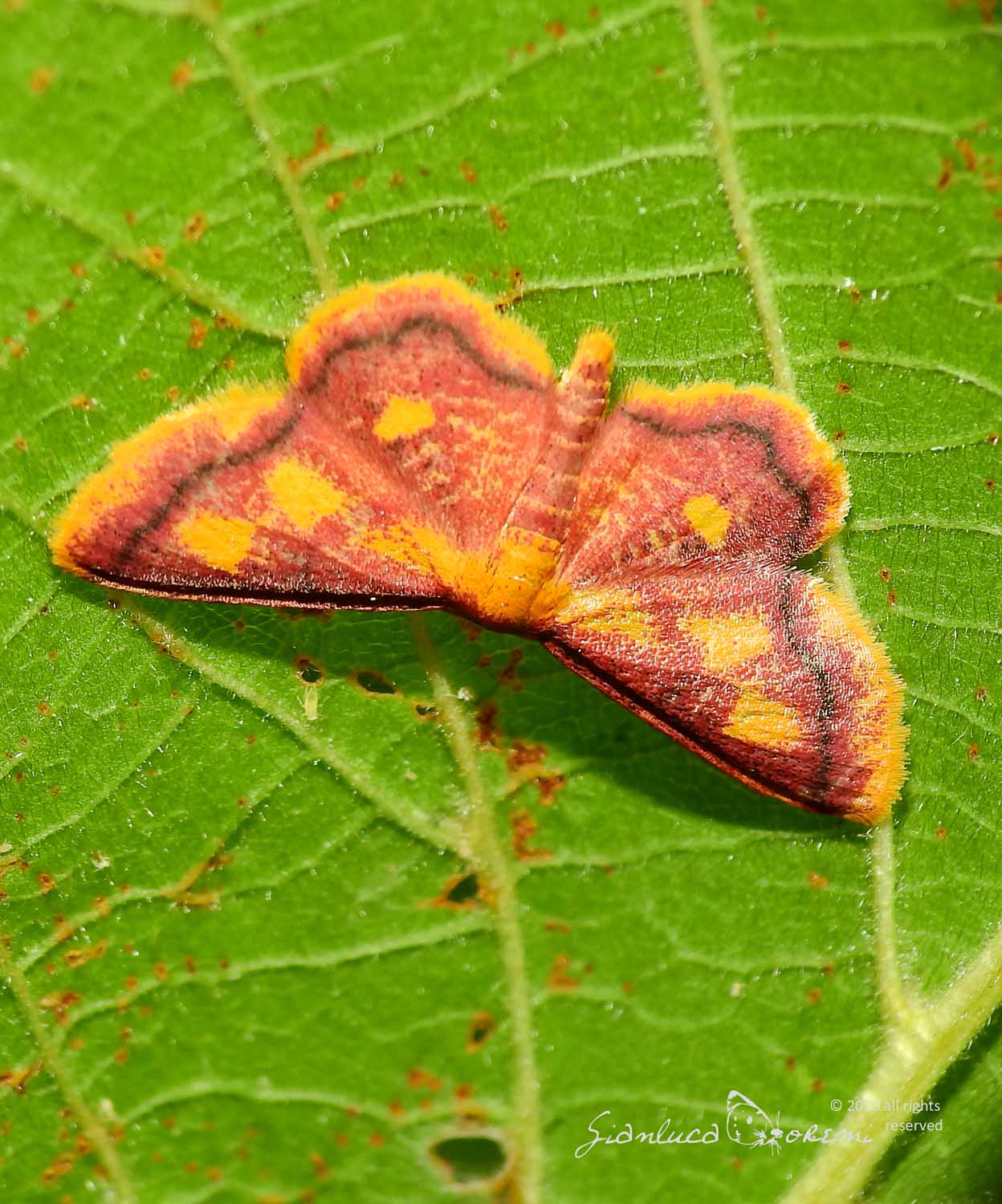
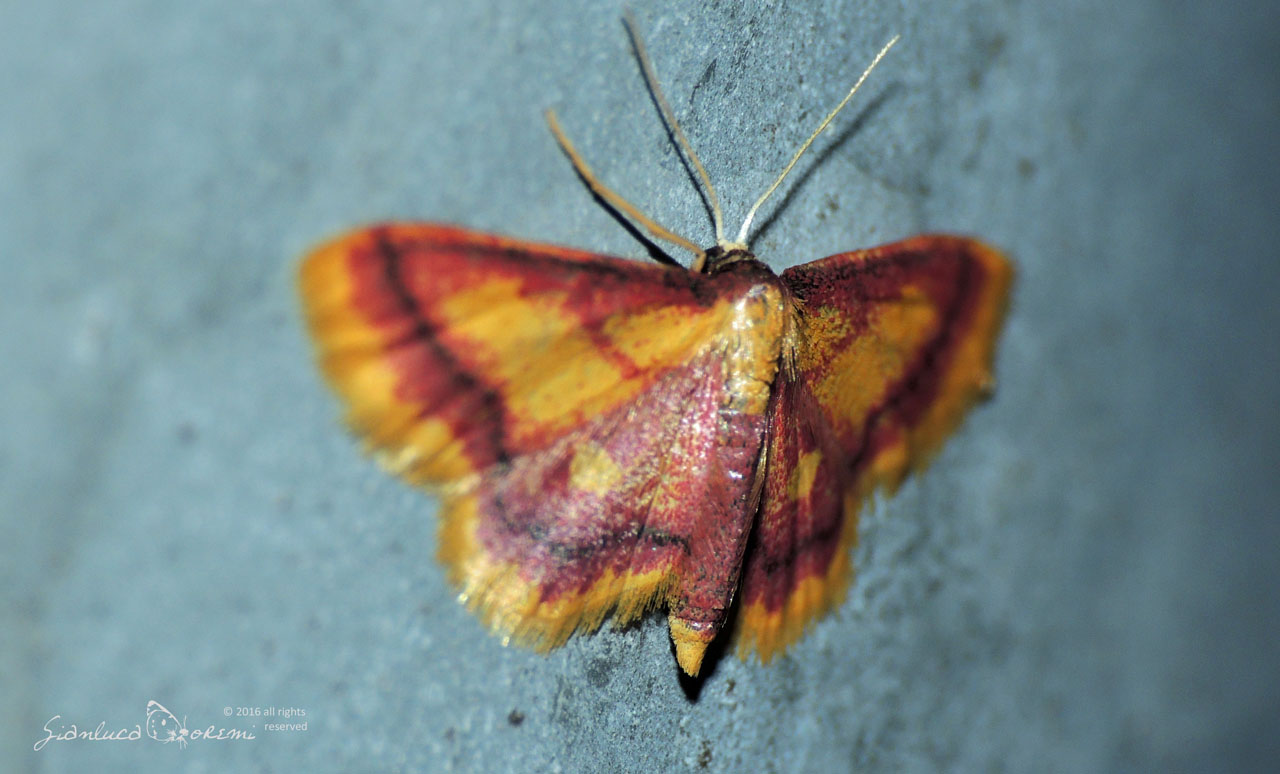

 EN
EN ITA
ITA
Social and publications